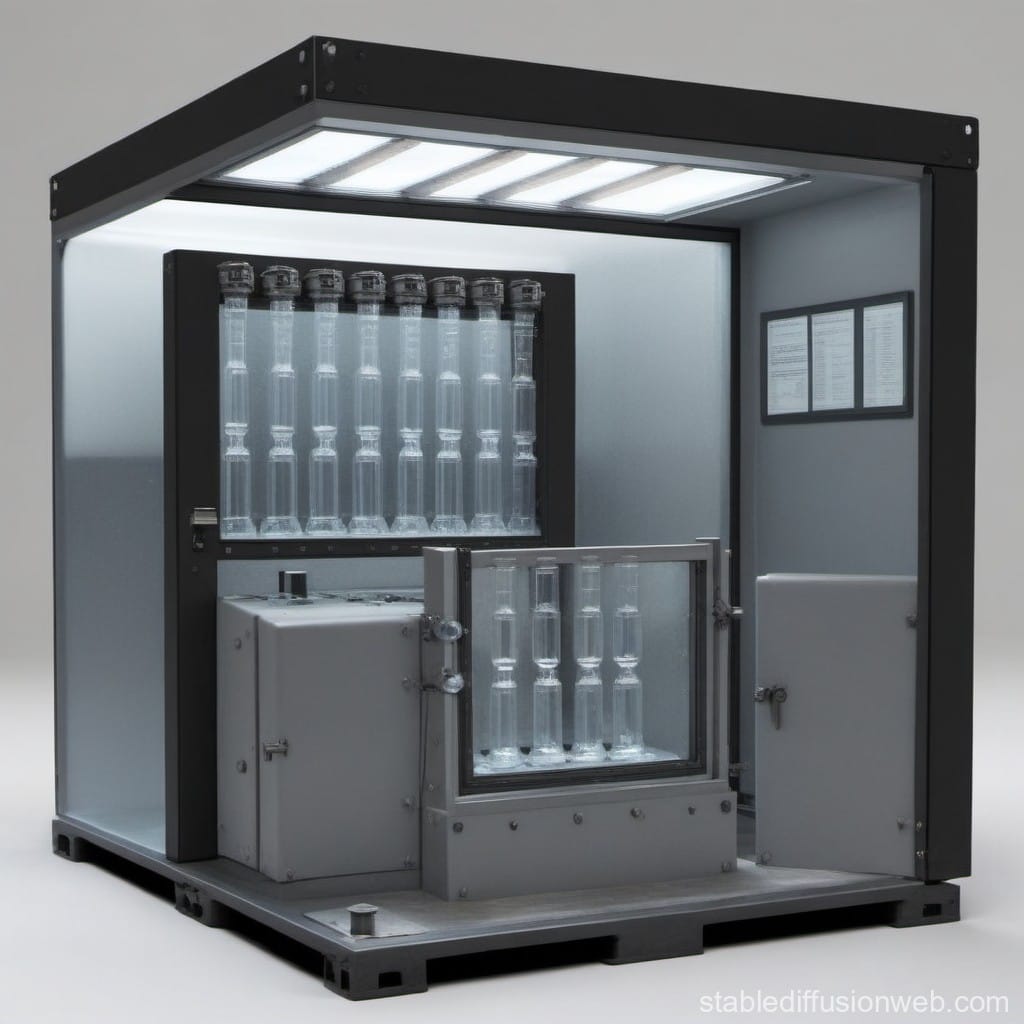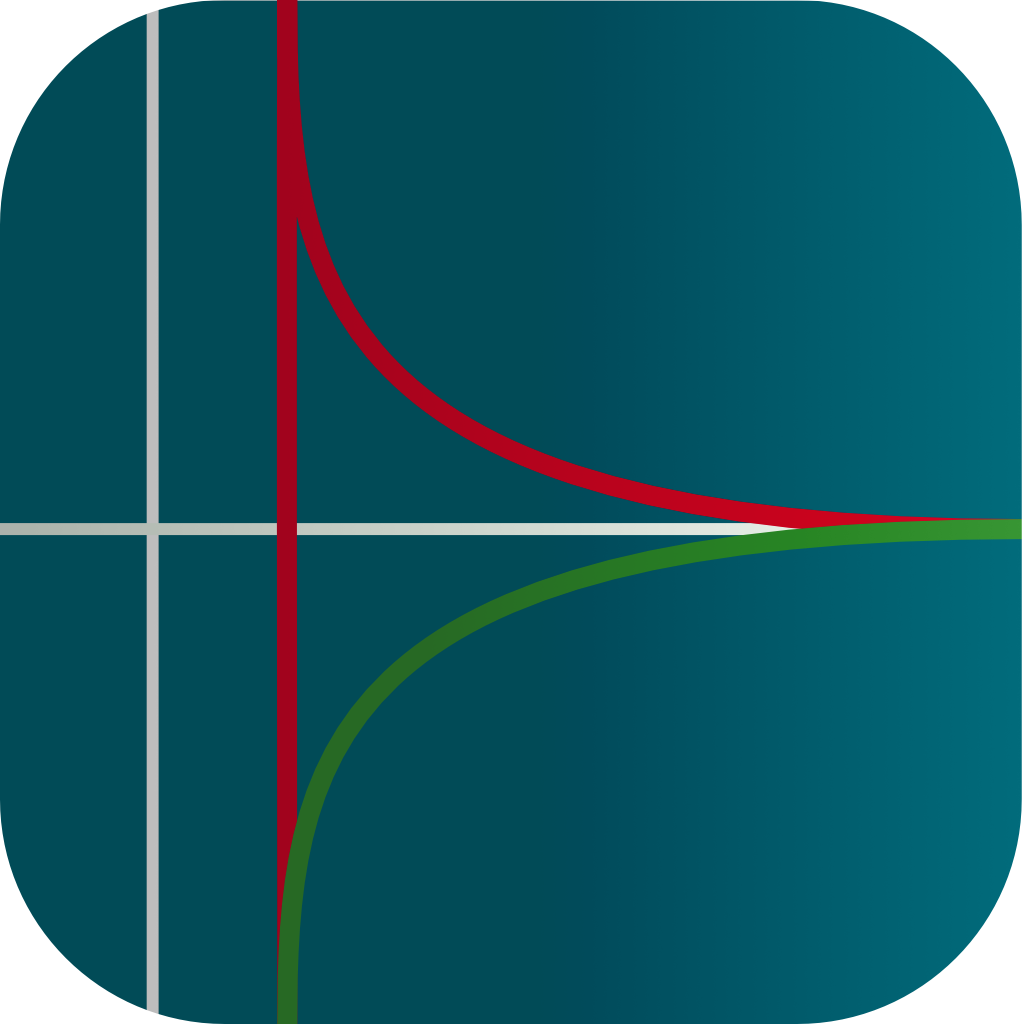Validation Eleveld propofol in Tivatrainer

Pump manufacturers have implemented, or are considering implementation, of the above model. The parameterisation of the model is rather complex but is available in TivatrainerX (and the platform independent Tivatrainer) so that the properties of this model can be studied and explained in workshops and on meetings. A simple and quick way of making sure that the implementation in Tivatrainer is correct is by reproducing the graphs in the publication. The graphs in the publication show induction dose and maintenance infusion rates for creating and maintaining 50% effect for specific ages and male or female. When the effect is 50% the effect site concentration equals Ce50. The Ce50 is related to the age of the patient and therefore easy to calculate. To calculate other effect percentages a more complicated calculation is required which is done in the spreadsheet. The steepness of the sigmoid Emax Pd model(gamma) is changed at the point where Ce=Ce50 or where Bis=0.5 x baselineBis in the inverted calculation from Bis to Ce.
In TivatrainerX a simulation was set up with effectsite control to the Ce that resulted from age and 50% effect. The graph output of TivatrainerX was overlayed over the published graph with excellent similarity. So the implementation of the Eleveld model in Tivatrainer(X) seems to be valid.
In the publication the dosage delivered is compared with the prescription advice in the Summary of Product Characteristics of propofol(fig 5 in the publication). Comparing the output of a model with adviced and clinically accepted dosages is in my opinion a step forwards in the responsible employment of these models in devices. Prescription advices are by definition based on clinical relevant dosages in many,many patients. However comparing the Diprifusor model and the Schnider model to these prescription advices(fig 6 in the publication) does not make sense in my opinion. I cannot imagine that the authors do not realise that they are comparing incomparable entities.
By the graphs the suggestion is made that the Diprifusor loading dose is too small and the maintenance dose too high. In blood control, like was the only mode available in the initial Diprifusor, the induction dose to obtain a certain effect is not clearly defined because the effect of the drug is related to ... well: the effect compartment. The dose shown in the graph is the dose to create a concentration in the blood of 4 µgr/ml which says........nothing on the effect. For maintenance an arbitrary 4 µgr/ml was selected. In the SmPC of the diprifusor used in New Zealand for example, were apparently the Diprifusor can be used with effect compartment control, the prescription advice is an effect target from 2.5 µg/ml to 4 µg/ml. In simulations this is not very far from the dosages used here, albeit that for patients that do not belong to the 'average adult'(children,obese,old) the Eleveld model obviously is far superior. Another strong point in the final preparation of the The Eleveld model for clinical use is that the model has been prospectively tested with good to excellent results.
Prospective clinical validation of the Eleveld propofol pharmacokinetic-pharmacodynamic model in general anaesthesia
Interesting is the published comment on this study, promoting the Schnider model for some patient groups and promoting the concept of multiple models in commercial TCI systems.
Clinical validation of pharmacokinetic and pharmacodynamic models for propofol infusion. Comment on Br J Anaesth 2021; 126: 386–94
In my opinion however, the Schnider model, its different implementations based on the wrong application of Time to Peak effect, the error in the Lean Body Mass calculation, its short keo based on non standard nor evaluated surrogate effect measurement, was the main reason Target Controlled Infusion became nick named Totally Confused Infusion. From personal communications I know that this was the case for colleagues who changed brand of TCI pump and while using the same Schnider model(in name), were confused by the clinical differences. If you think about it, that was real evidence, and maybe the only one, that the use of pharmacokinetic models made a clinical difference.
I think it was Professor Cedric Pryce Roberts who said something like "the drug and the dose will put a patient asleep not the virtual blood concentration of a model". Comparisons between models should be based on amount delivered. Too often in discussions, and certainly I did, the pharmacokinetic models have been given unreal and unproven features. After the excellent answer of the authors of the validating study on the comment of their paper, I think it is time to leave this pharmacokinetic-model fetishism behind.

